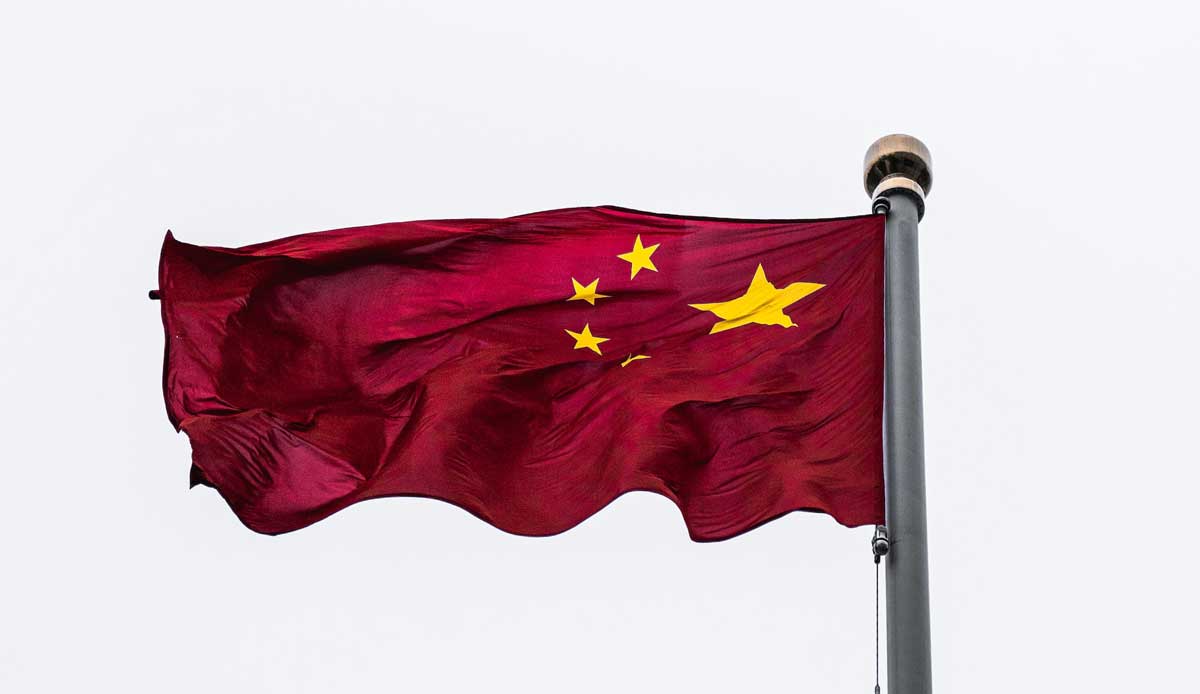China’s Communist Party Central Committee has announced its economic and industrial priorities for 2026–2030, pledging to build a “modern industrial system” and accelerate technological self-reliance. The decision, reported by Xinhua, follows a key leadership meeting this week where officials assessed China’s performance under the current five-year plan and mapped out the next phase of economic transformation. The blueprint highlights boosting domestic demand, strengthening innovation, and improving public welfare all while navigating mounting global economic and geopolitical pressures.
Why It Matters
The announcement comes as China faces slowing economic growth, U.S. technology restrictions, and a challenging global environment. By emphasizing self-reliance in advanced technology including semiconductors, AI, and green industries Beijing aims to reduce dependence on Western suppliers and counter external risks.
The strategy also supports China’s long-term goal of becoming a global industrial powerhouse and sustaining economic stability despite export slowdowns and property sector woes. It reflects President Xi Jinping’s broader vision of national rejuvenation through technological and economic independence.
Chinese state media hailed the decision as a “strategic milestone” that will drive innovation-led growth and strengthen China’s resilience against foreign pressures. Domestic industries welcomed the focus on research funding and industrial upgrades, viewing it as a chance to expand homegrown capabilities.
Meanwhile, international observers see the move as a clear signal that Beijing intends to double down on economic self-sufficiency potentially accelerating global supply chain fragmentation. Western policymakers are expected to interpret it as another step toward decoupling from Western technology ecosystems
What’s Next
China’s government will likely unveil detailed targets for innovation, investment, and industrial reform during the 15th Five-Year Plan’s formal rollout in 2026. New policies could include greater state support for key sectors such as chips, electric vehicles, clean energy, and aerospace. The coming years will test Beijing’s ability to balance innovation with growth, address domestic consumption challenges, and maintain foreign investor confidence amid increasing protectionism.
With information from Reuters.


